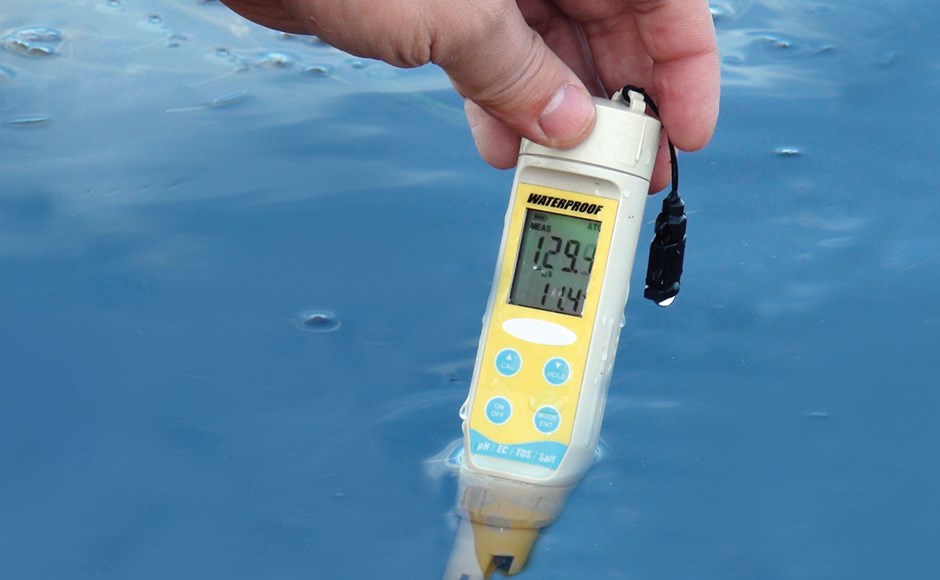One very important aspect of hydroponic gardening is maintaining consistent parameters in the nutrient solution. After all, the nutrient solution is where the plant derives all of its nutrition for growth. In addition to having control over lighting and ventilation, every hydroponic gardener must have the ability to control the parameters of his or her nutrient solution.
The four most important parameters that affect the way plants respond to a hydroponic nutrient solution are pH, concentration of nutrients, temperature and dissolved oxygen content.
Potential Hydrogen (pH)
In a garden, the pH scale is used to measure the acidity or alkalinity of a growing medium, water source, or nutrient solution. The pH value will influence the plant’s availability to absorb nutrients. Idle PH should be from 6.5 to 5.5
- Nutrient Concentration
This is usually expressed in either parts per million (PPM), total dissolved solids (TDS), or electric conductivity (EC) PPM. it is important for a hydroponic gardener to regularly check the nutrient concentration of the nutrient solution. If the concentration becomes too low, the plants may not be receiving all they need to sustain accelerated growth rates. This may lead to slowed growth and/or nutrient deficiencies. The Nutrient uptake of the plant very from plant to plant ie: small plants need less and bigger plants need more therefore the maintenance of consternation of nutrient depend on what plant is growing, ideally start with 600 ppm and go up to 1100 ppm as plants grow.
Temperature
For most hydroponic systems, the ideal temperature should fall in the 65-72 degrees F range. When a nutrient solution is too cold, the plants will show signs of stress that often mimic nutrient deficiency symptoms. This can make it hard to correctly identify temperature as the culprit. Regular monitoring of the nutrient solution’s temperature is imperative for hydroponic gardeners.
A nutrient solution with a temperature that is too warm will open up the possibility of pathogens that can quickly destroy an otherwise healthy hydroponic garden
Dissolved Oxygen Content (DO)
Dissolved oxygen is oxygen (O2) in gas form held in-between the water molecules. Dissolved oxygen levels in tap water are typically between 5-7 PPM at room temperature. Fully oxygenated water at 68 degrees F will hold about 9 PPM of DO. When the temperature of a nutrient solution becomes too warm and the dissolved oxygen content decreases, the possibility of anaerobic pathogens increases. Anaerobic pathogens can only take hold in an oxygen-depleted environment. Root rot is the most common anaerobic pathogen to plague hydroponic gardens with warm water temperatures.
To maintain high levels of dissolved oxygen, horticulturists need to have control over the nutrient solution’s temperature.

